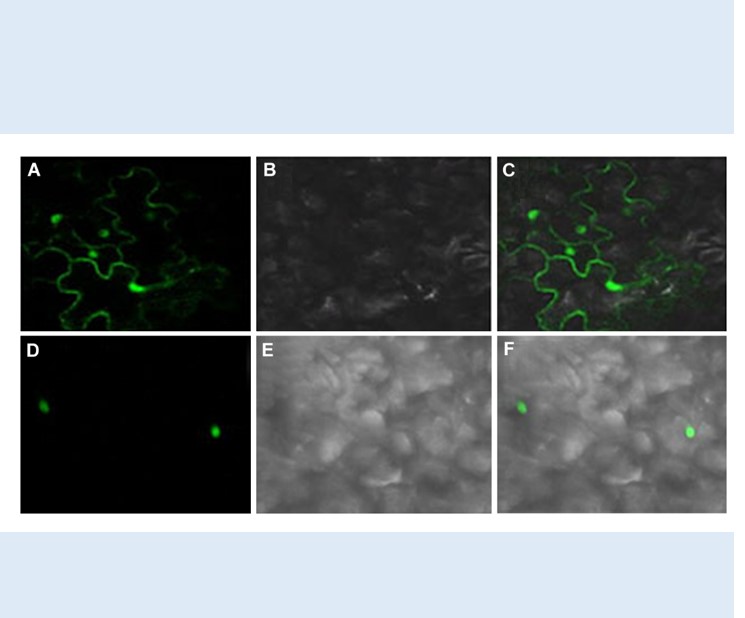参考文献
陈焕镛, 钱崇澍 (2004). 中国植物志. 北京: 科学出版社. pp. 144.
刘果厚, 周世权, 张力, 蔺福金, 任林 (1993). 四合木水分代谢特性的初步研究. 干旱地区资源与环境 7 (2), 100- 105.
孙卫国, 雍世鹏 (1995). 四合木(Tetraena mongolia Maxim)常量元素、微量元素、氨基酸和热值的初步分析. 内蒙古大学学报 26(4), 462-465.
徐庆, 郭泉水, 刘世荣, 姜春前, 郝玉光 (2003). 濒危植物四合木结实特性与植株年龄和生境关系的研究. 林业科学 39(6), 26-32.
王迎春, 征荣, 杨持 (2000). 四合木 (Tetraena mongolica Maxim)雄性不育的细胞学研究. 内蒙古大学学报 1, 88-92.
吴树彪, 署骊琳 (1990). 四合木胚胎学研究. 内蒙古大学学报 2, 277-283.
智颖飙 (2004). 四合木异地保护生物学基础研究. 博士论文. 呼和浩特: 内蒙古大学. pp. 112-123.
智颖飙, 杨持, 王再岚, 姚一萍, 高天云, 郝星, 刘建平 (2005). 四合木(Tetraena mongolica Maxim)氨基酸含量特征分析. 内蒙古大学学报36(3), 306 - 312.
Bligh EG, Dyer WJ (1959). A rapid method of total lipid extraction and puri?cation. Can. J. Biochem. Physiol 37, 911–917.
Boutilier K, Offringa R, Sharma VK, Kieft H, Ouellet T, Zhang L, Hattori J, Liu CM, van Lammeren AA, Miki BL. Custers JB, van Lookeren Campagne MM (2002). Ectopic expression of BABY BOOM triggers a conversion from vegetative to embryonic growth. Plant Cell 14, 1737–1749.
Cernac A, Benning C (2004). WRINKLED1 encodes an AP2/EREB domain protein involved in the control of storage compound biosynthesis in Arabidopsis. Plant J 40, 575–585.
Chuck G, Meeley RB, Hake S (1998). The control of maize spikelet meristem fate by the APETALA2-like gene indeterminate spikelet1. Genes Dev 12, 1145–1154.
Elliott RC, Betzner AS, Huttner E, Oakes MP, Tucker WQ, Gerentes D, Perez P, Smyth DR (1996). AINTEGUMENTA, an APETALA2-like gene of Arabidopsis with pleiotropic roles in ovule development and floral organ growth. Plant Cell 8, 155–168.
Finkelstein RR, Lynch TJ (2000). The arabidopsis abscisic acid response gene ABI5 encodes a basic leucine zipper transcription factor. Plant Cell 12, 599-609.
Gietz RD, Schiestl RH, Willems AR, Woods RA (1995). Studies on the Transformation of Intact Yeast Cells by the LiAc/SS-DNA/PEG Procedure. Yeast 11, 355-360.
Gilmour SJ, Sebolt AM, Salazar MP, Everard JD, Thomashow MF (2000). Overexpression of the Arabidopsis CBF3 Transcriptional Activator Mimics Multiple Biochemical Changes Associated with Cold Acclimation. Plant Physiol 124, 1854–1865.
Gupta AK, Kaur N (2005). Sugar signalling and gene expression in relation to carbohydrate metabolism under abiotic stresses in plants. J Biosci 30(5), 761–776.
Ingram J, Bartels D (1996). The molecular basis of dehydration tolerance in plants. Annu Rev Plant Biol 47, 377-403.
Jofuku KD, Omidyar PK, Gee Z, Okamuro JK (2005). Control of seed mass and seed yield by the floral homeotic gene APETALA2. Proc Natl Acad Sci U S A 102, 3117–3122.
Lee SJ, Cho DI, Kang JY, Kim SY (2009). An ARIA-Interacting AP2 Domain Protein Is a Novel Component of ABA Signaling. Mol Cells 27, 409-416.
Liu J, Zhu JK (1997). Proline accumulation and salt-stress-induced gene expression in a salt-hypersensitive mutant of Arabidopsis. Plant Physiol 114, 591-596.
Ohme-Takagi M, Shinshi H (1995). Ethylene-inducible DNA binding proteins that interact with an ethylene-responsive element. Plant Cell 7, 173–182.
Ohto MA, Fischer RL, Goldberg RB, Nakamura K, Harada JJ (2005). Control of seed mass by APETALA2. Proc Natl Acad Sci U S A 102, 3123-3128.
Park JM, Park CJ, Lee SB, Ham BK, Shin R, Paek KH (2001). Overexpression of the tobacco Tsi1 gene encoding an EREBP/AP2-type transcription factor enhances resistance against pathogen attack and osmotic stress in tobacco. Plant Cell 13, 1035–1046.
Sakuma Y, Liua Q, Dubouzeta JG, Abea H, Shinozaki K, Yamaguchi-Shinozaki K (2002). DNA-binding specificity of the ERF/AP2 domain of Arabidopsis DREBs, transcription factors involved in dehydration and cold-inducible gene expression. Biochem Biophys Res Commun 290, 998-1009.
Sakuma Y, Maruyama K, Qin F, Osakabe Y, Shinozaki K, Yamaguchi-Shinozaki K (2006). Dual function of an Arabidops is transcription factor DREB2A in water-stress-responsive and heat-stress-responsive gene expression. Proc Natl Acad Sci U S A 103, 18822-18827.
Scotto–Lavino E, Du GW, Frohman MA (2006a). 3’End cDNA ampli?cation using classic RACE. Nat Protoc 1(6), 2742-2745.
Scotto–Lavino E, Du GW, Frohman MA (2006b). 5’End cDNA ampli?cation using classic RACE. Nat Protoc 1(6), 2555-2562.
Sharoni AM, Nuruzzaman M, Satoh K, Shimizu T, Kondoh H, Sasaya T, Choi R, Omura T, Kikuchi S (2011). Gene Structures, Classi?cation and Expression Models of the AP2/EREBP Transcription Factor Family in Rice. Plant Cell Physiol 52(2), 344–360.
Shinozaki K, Yamaguchi-Shinozaki K, Seki M (2003). Regulatory network of gene expression in the drought and cold stress responses. Curr Opin Plant Biol 6, 410–417.
Sparkes IA, Runions J, Kearns A, Hawes C (2006). Rapid, transient expression of ?uorescent fusion proteins in tobacco plants and generation of stably transformed plants. Nat Protoc 1(4), 2019-2025.
Székely G, ábrahám E, Csépl? A, Rigó G, Zsigmond L, Csiszár J, Ayaydin F, Strizhov N, Jásik J, Schmelzer E, Koncz C, Szabados L (2008). Duplicated P5CS genes of Arabidopsis play distinct roles in stress regulation and developmental control of proline biosynthesis. Plant J 53, 11-28.
Takasaki H, Maruyama K, Kidokoro S, Ito Y, Fujita Y, Shinozaki K, Yamaguchi-Shinozaki K, Nakashima K (2010). The abiotic stress-responsive NAC-type transcription factor OsNAC5 regulates stress-inducible genes and stress tolerance in rice. Mol Genet Genomics 284, 173-183.
Teerawanichpan P, Chandrasekharan MB, Jiang YM, Narangajavana J, Hall TC (2004). Characterization of two rice DNA methyltransferase genes and RNAi-mediated reactivation of a silenced transgene in rice callus. Planta 218, 337–349.
Xu YN, Wang ZN, Jiang GZ, Li LB, Kuang TY (2003). Effect of various temperatures on phosphatidylglycerol biosynthesis in thylakoid membranes. Plant Physiol 118, 57–63.
Yamaguchi-Shinozaki K, Shinozaki K (2006). Transcriptional regulatory networks in cellular responses and tolerance to dehydration and cold stresses. Annu Rev Plant Biol 57, 781-803.
Yi SY, Kim JH, Joung YH, Lee S, Kim WT, Yu SH, Choi D (2004). The pepper transcription factor CaPF1 confers pathogen and freezing tolerance in Arabidopsis. Plant Physiol 136, 2862–2874.
Zhu J (2002). Salt and drought stress signal transduction in plants. Annu Rev Plant Biol 53, 247–273.



